While dinosaurs like Tyrannosaurus rex and Brachiosaurus dominate our popular imagination of the Jurassic period, a rich ecosystem of smaller herbivorous dinosaurs thrived in the shadows of these giants. These diminutive plant-eaters played crucial roles in Jurassic ecosystems, occupying specialized niches and contributing significantly to the biodiversity of their time. Often overlooked in favor of their massive counterparts, these undergrowth-dwelling herbivores represented remarkable evolutionary adaptations and survival strategies that allowed them to coexist with some of the most formidable predators Earth has ever known.
The Forgotten Dimensions of Jurassic Diversity
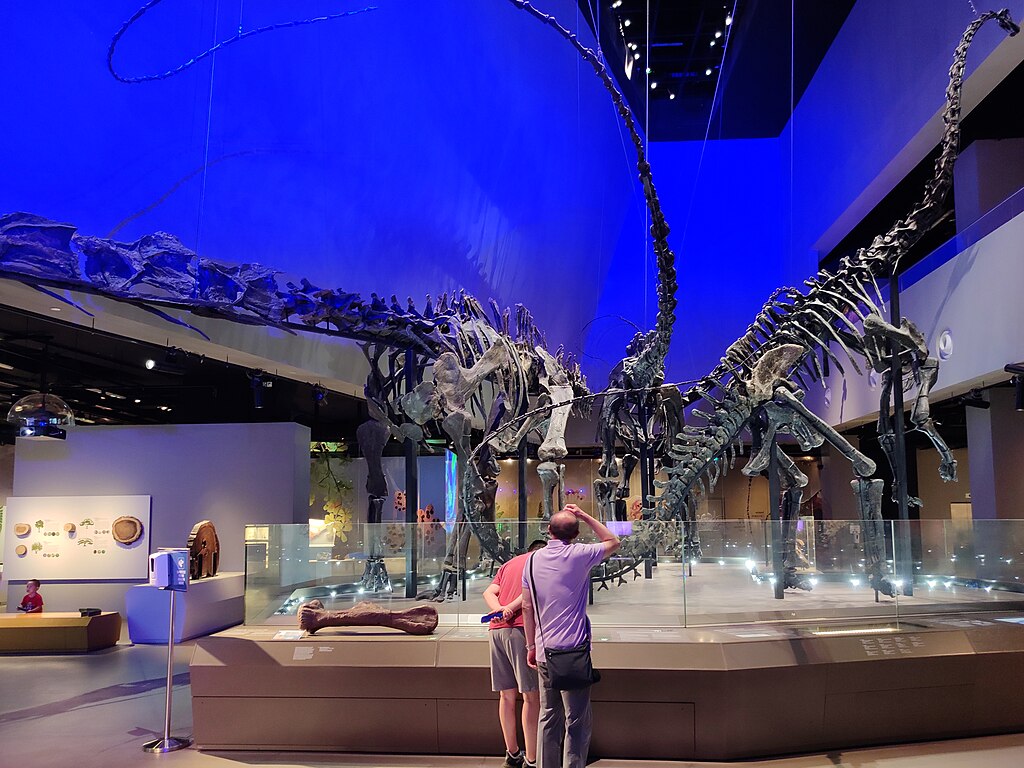
The Jurassic period (201-145 million years ago) witnessed an explosion of dinosaur diversity far beyond what most people realize. While museum halls proudly display the towering skeletons of sauropods and the fearsome jaws of large theropods, the smaller herbivores that made up the majority of dinosaur species receive comparatively little attention. These animals, typically standing less than a meter tall, populated the understory of Jurassic forests and fern prairies in tremendous numbers. Their fossil record, though less complete due to their fragile skeletons, tells a story of remarkable evolutionary success. Recent paleontological discoveries have begun illuminating these shadowy corners of Jurassic ecosystems, revealing that small herbivores weren’t merely secondary players but essential components of their ancient food webs.
Heterodontosaurids: The Versatile Specialists

Among the most fascinating small herbivores were the heterodontosaurids, a group of dinosaurs that typically measured just 1-2 meters in length. What makes these creatures remarkable was their specialized dentition—their name literally means “different-toothed lizards.” They possessed an unusual combination of sharp, canine-like teeth at the front of their jaws and grinding molars at the back, suggesting a potentially omnivorous diet that included tough plant matter and possibly small prey. Heterodontosaurus tucki, discovered in South Africa, represents one of the best-known examples of this group. These dinosaurs likely occupied ecological niches similar to modern rabbits or groundhogs, browsing on low vegetation while remaining alert for predators. Their specialized teeth and compact bodies made them highly efficient at processing fibrous plant materials that other dinosaurs might have avoided.
Hypsilophodontids: The “Gazelles” of the Jurassic

Hypsilophodontids represented some of the most successful small herbivores of the Jurassic and early Cretaceous periods. These bipedal dinosaurs were built for speed, with lightweight skeletons and powerful hind limbs that could propel them rapidly through undergrowth when threatened. Most species stood less than a meter tall at the hip and rarely exceeded three meters in length. Paleontologists often refer to them as the “gazelles of the Mesozoic” due to their presumed agility and herding behavior. Their specialized dental batteries allowed them to efficiently process tough cycads and primitive flowering plants. Fossil evidence suggests many hypsilophodontid species had excellent vision, with large eye sockets positioned to provide nearly 360-degree awareness of their surroundings—a crucial adaptation for animals that were perpetual prey items for larger predators.
Ecological Niches and Feeding Strategies

Small Jurassic herbivores developed specialized feeding strategies that allowed them to avoid direct competition with larger dinosaurs. While sauropods browsed high in the tree canopies and large ornithischians like stegosaurs consumed mid-level vegetation, the smaller species focused on ground-level plants, shoots, seeds, and fruits. This vertical partitioning of resources represented a sophisticated ecological arrangement that maximized the carrying capacity of Jurassic environments. Some species developed cheek pouches for temporarily storing food, while others evolved complex jaw mechanisms that allowed for both slicing and grinding motions. Studies of coprolites (fossilized feces) from small herbivores reveal they often consumed fungi and highly fibrous plant materials that larger dinosaurs ignored, further indicating their specialized ecological roles. This niche specialization was crucial for their survival in ecosystems dominated by much larger animals.
Social Behavior and Herd Dynamics

Fossil evidence increasingly suggests many small herbivorous dinosaurs lived in social groups or herds, providing critical protection against predation. Trackway discoveries showing multiple individuals of the same species moving in coordinated patterns provide compelling evidence for this social behavior. Herding would have conferred numerous advantages, including more effective predator detection, coordinated defensive maneuvers, and efficient resource location. Some species likely established complex social hierarchies similar to those observed in modern ungulates. Certain fossil beds contain evidence of multiple growth stages of the same species preserved together, suggesting family groups traveled together with adults protecting younger individuals. This social complexity represents an important behavioral adaptation that helped these smaller animals thrive despite constant predation pressure.
Adaptations for Predator Avoidance
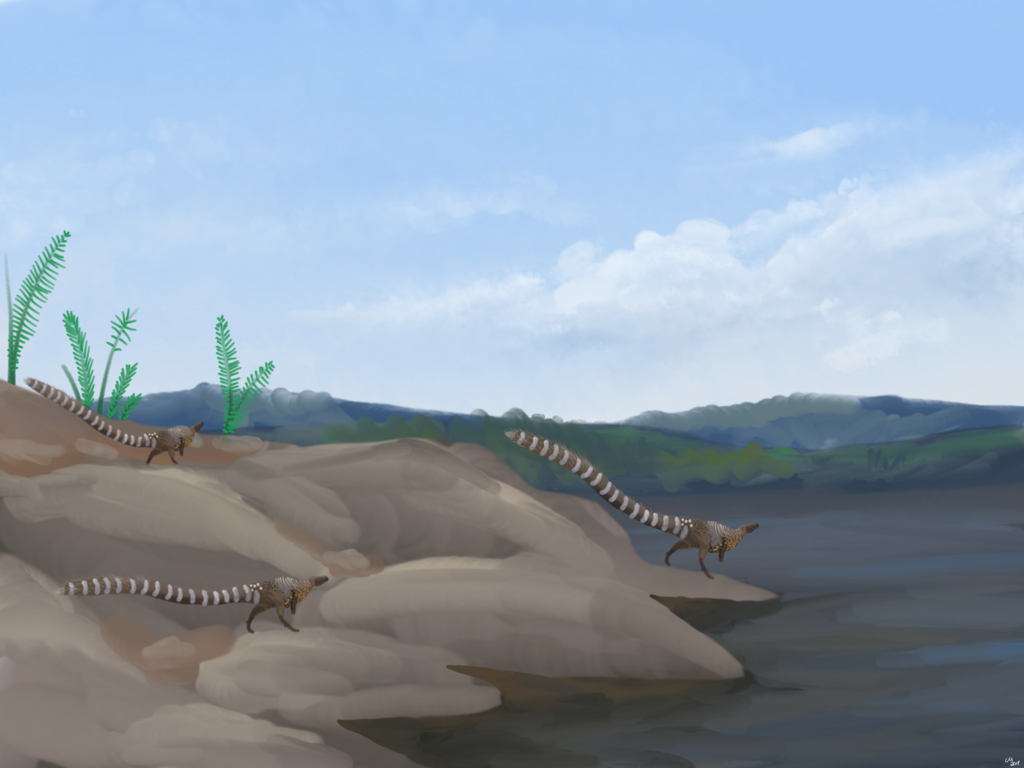
Being small in a world of giants required sophisticated anti-predator adaptations. Unlike their massive relatives who relied on size, armor, or weaponry for defense, small herbivores depended primarily on stealth, speed, and sensory adaptations. Many species developed enhanced hearing, with evidence of enlarged auditory bullae in their skull structures. Their eyes were typically positioned high and laterally on their skulls, maximizing peripheral vision to detect approaching threats. Some species, like Leaellynasaura from Australia, may have possessed enhanced night vision, allowing them to forage during twilight hours when many large predators were less active. Cryptic coloration, though impossible to determine directly from fossils, was likely another important adaptation, possibly including disruptive patterns that would have broken up their outlines against the dappled light of forest floors.
Parenting and Reproductive Strategies
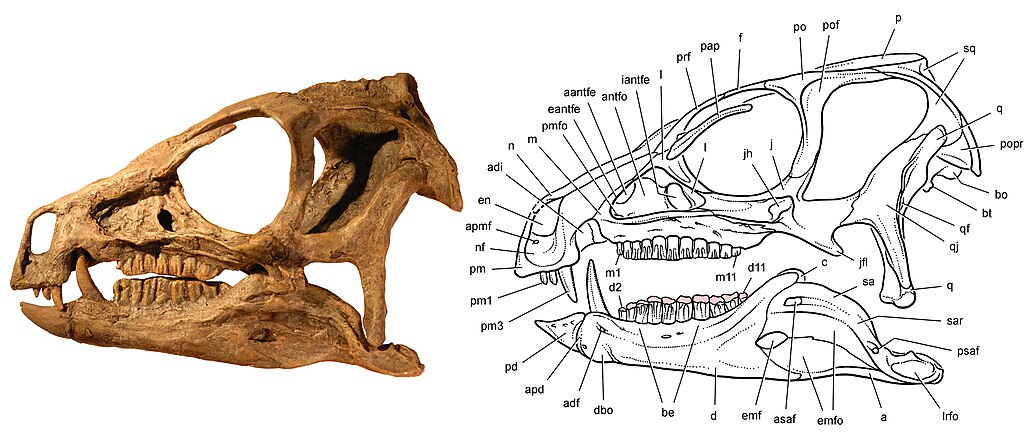
The reproductive strategies of small Jurassic herbivores represented another critical aspect of their survival toolkit. Unlike the massive clutches produced by larger dinosaurs, many small herbivores appear to have invested more energy in fewer, more developed offspring. Nest sites discovered for some species suggest attentive parental care, with evidence of adults remaining near nesting areas. The relatively large brain cases found in many small herbivores indicates they may have been born with more developed sensory and motor capabilities compared to larger dinosaurs. Some species likely exhibited precocial development, with young capable of following the herd shortly after hatching. This reproductive strategy, focusing on quality rather than quantity of offspring, would have enhanced survival rates in challenging environments where predation pressure was constant.
Geographic Distribution and Habitat Preferences
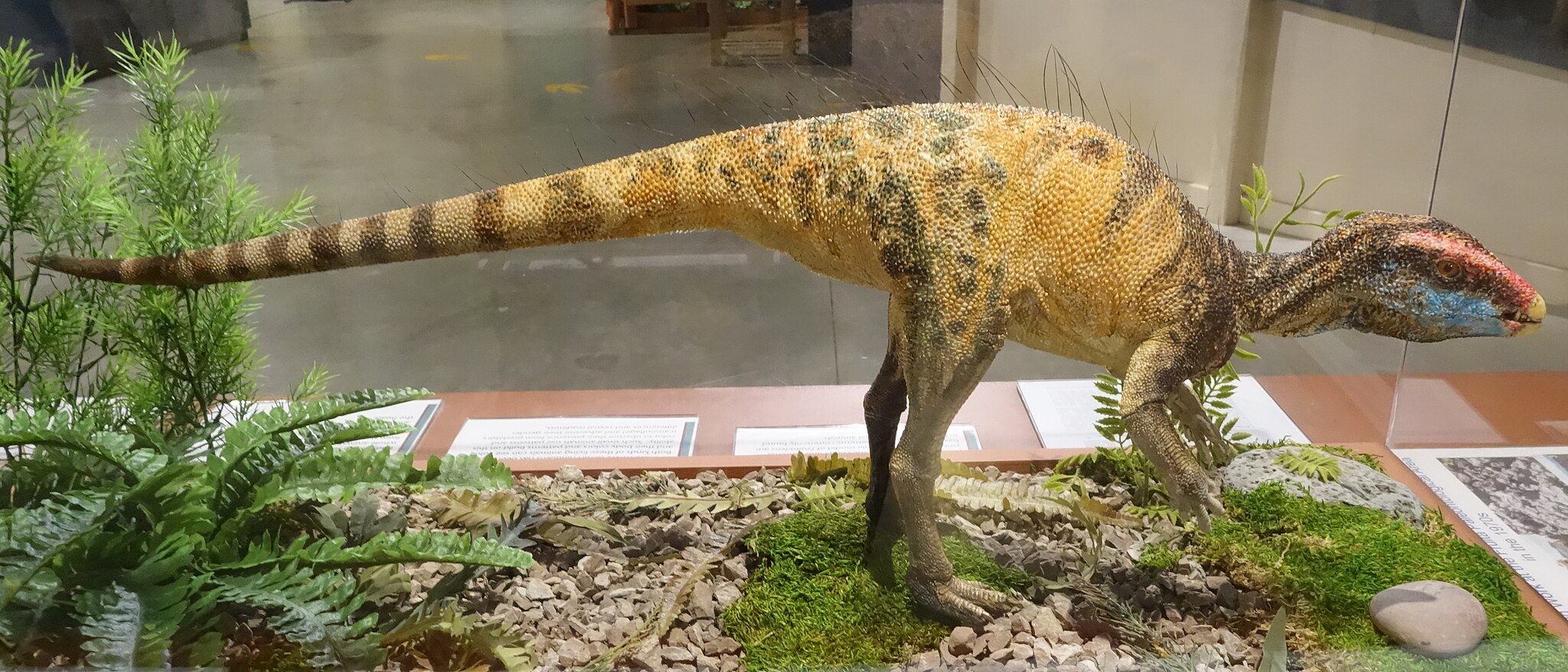
Small herbivorous dinosaurs demonstrated remarkable geographic distribution during the Jurassic period, with fossils discovered on every continent. However, they weren’t evenly distributed across landscapes, instead showing distinct habitat preferences that reflected their specialized adaptations. Many species thrived in forested environments where undergrowth provided both food and cover from predators. Others adapted to more open fern prairies, developing longer limbs for increased running speed. Coastal environments hosted their own specialized species, adapted to consuming salt-tolerant vegetation. Some small herbivores, particularly in higher latitudes, developed adaptations for seasonal changes, possibly including migration patterns or physiological adjustments to food scarcity. This ecological flexibility allowed small herbivores to exploit virtually every terrestrial environment during the Jurassic, contributing significantly to ecosystem functioning across diverse landscapes.
Sensory Capabilities and Intelligence
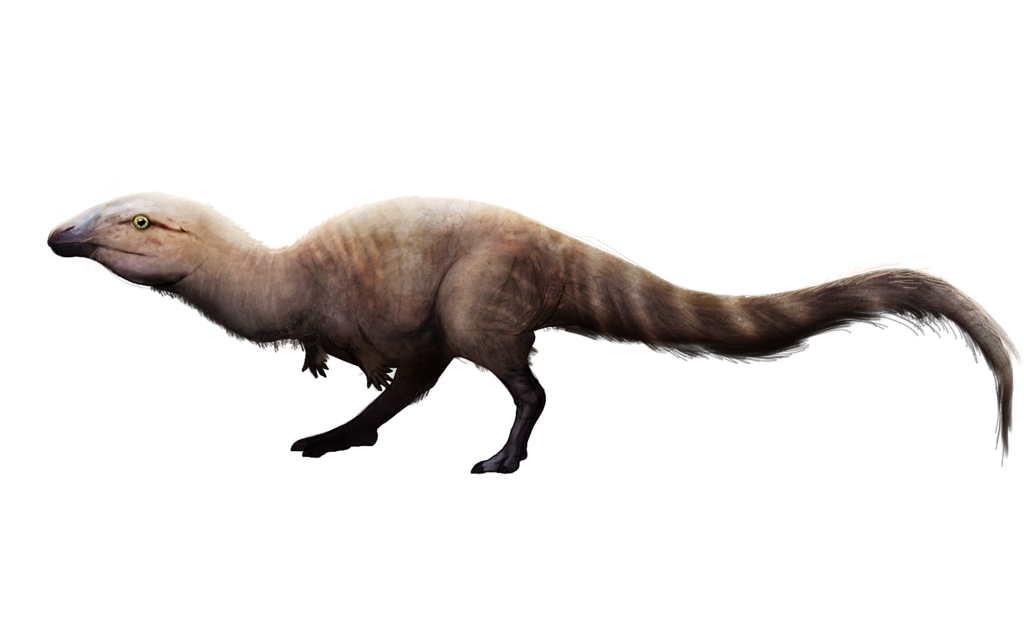
The relatively large brain-to-body ratio observed in many small herbivorous dinosaurs suggests they possessed enhanced cognitive abilities compared to their larger relatives. Endocranial casts reveal well-developed optic lobes, cerebellum, and cerebral hemispheres, indicating sophisticated sensory integration and motor control. These neural adaptations would have supported complex behaviors necessary for survival, including predator recognition, social interaction, and resource location. Some species show evidence of enlarged olfactory bulbs, suggesting a keen sense of smell useful for detecting both food and predators. The orientation of the semicircular canals in their inner ears indicates many were capable of rapid, precise head movements and maintained excellent balance while running at high speeds. These sensory and cognitive adaptations represented crucial survival tools for animals that lived perpetually on the defensive in predator-rich environments.
Dietary Specialization and Digestive Adaptations
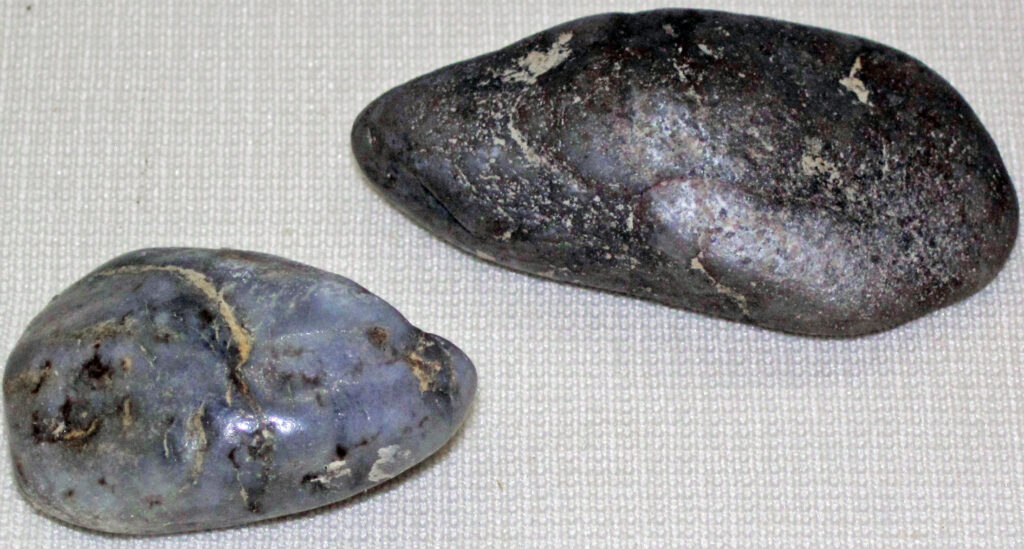
The digestive systems of small Jurassic herbivores reflected sophisticated adaptations to their specialized diets. Many species possessed gastroliths—polished stones found in their abdominal regions that would have helped mechanically break down tough plant fibers in muscular gizzards similar to those seen in modern birds. Some likely practiced hindgut fermentation, using symbiotic microorganisms to break down cellulose in specialized chambers of their large intestines. Tooth wear patterns reveal different feeding specializations, with some species adapted for cutting fibrous materials and others for grinding seeds or fruits. Coprolite analysis has revealed that many small herbivores consumed selective plant parts with higher nutritional value rather than bulk vegetation. These dietary specializations allowed them to extract maximum nutrition from plant materials that larger dinosaurs either couldn’t access or couldn’t process efficiently.
Evolutionary History and Origins

The small herbivorous dinosaurs of the Jurassic represented diverse evolutionary lineages with fascinating origins. Many descended from the earliest ornithischian dinosaurs that emerged during the Late Triassic period. These ancestral forms were already small-bodied, bipedal animals adapted to understory feeding. The early Jurassic extinction event created ecological opportunities that these small herbivores quickly exploited, diversifying into numerous specialized forms. Fossil evidence suggests many of these evolutionary innovations occurred rapidly during the Early and Middle Jurassic periods. Key adaptations like specialized dentition, enhanced sensory capabilities, and efficient digestive systems appeared multiple times across different lineages through convergent evolution. This evolutionary history demonstrates how natural selection favored similar adaptive solutions in different dinosaur groups facing similar ecological challenges, resulting in the diverse array of small herbivores that populated Jurassic ecosystems.
Legacy and Evolutionary Importance
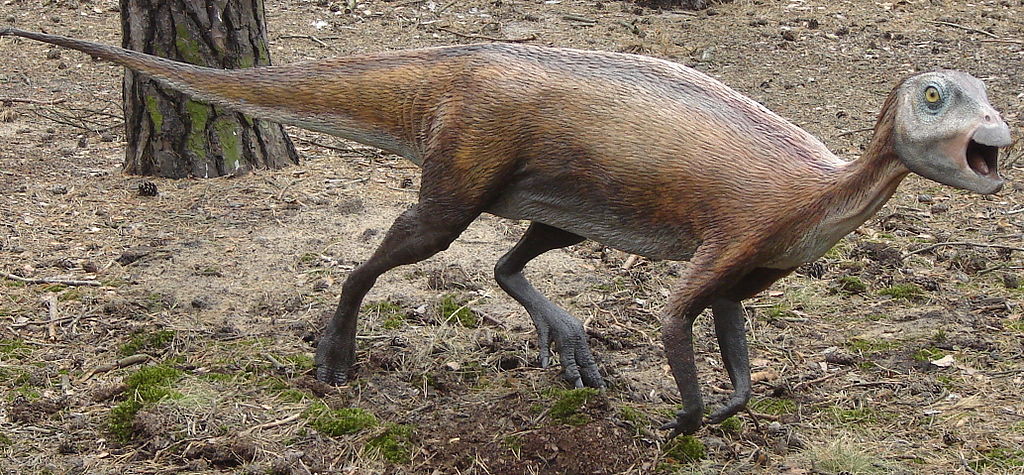
The evolutionary importance of small Jurassic herbivores extends far beyond their own time period. These animals represented crucial evolutionary experiments that established foundational adaptations later enhanced in their descendants. Many of the feeding mechanisms, locomotor adaptations, and sensory capabilities first developed in these small herbivores would later appear in modified forms in Cretaceous dinosaurs. Most significantly, several lineages of small herbivorous dinosaurs contributed directly to the ancestry of birds. The agility, enhanced vision, and efficient metabolism that helped these small dinosaurs survive the predator-rich Jurassic environments provided pre-adaptations that would later enable the evolution of flight. In this way, the humble undergrowth-dwellers of the Jurassic period played a pivotal role in one of evolution’s most remarkable transitions, connecting the world of dinosaurs to the modern avian diversity we see today.
Challenges in Paleontological Research

Research on small Jurassic herbivores presents unique challenges that have historically limited our understanding of these animals. Their delicate skeletons were far more vulnerable to scavenging, weathering, and other taphonomic processes compared to the robust bones of larger dinosaurs, resulting in an inherently biased fossil record. Many species are known only from fragmentary remains, making comprehensive anatomical reconstructions difficult. The small size of these animals also means their fossils are more easily overlooked during field expeditions that historically focused on discovering larger, more spectacular specimens. Modern paleontological methods are addressing these challenges through techniques like CT scanning of fossil-bearing rock matrices, microfossil screening, and targeted excavations in environments likely to preserve smaller remains. These methodological improvements promise to continually enhance our understanding of these fascinating but elusive dinosaurs in coming years.
Conclusion
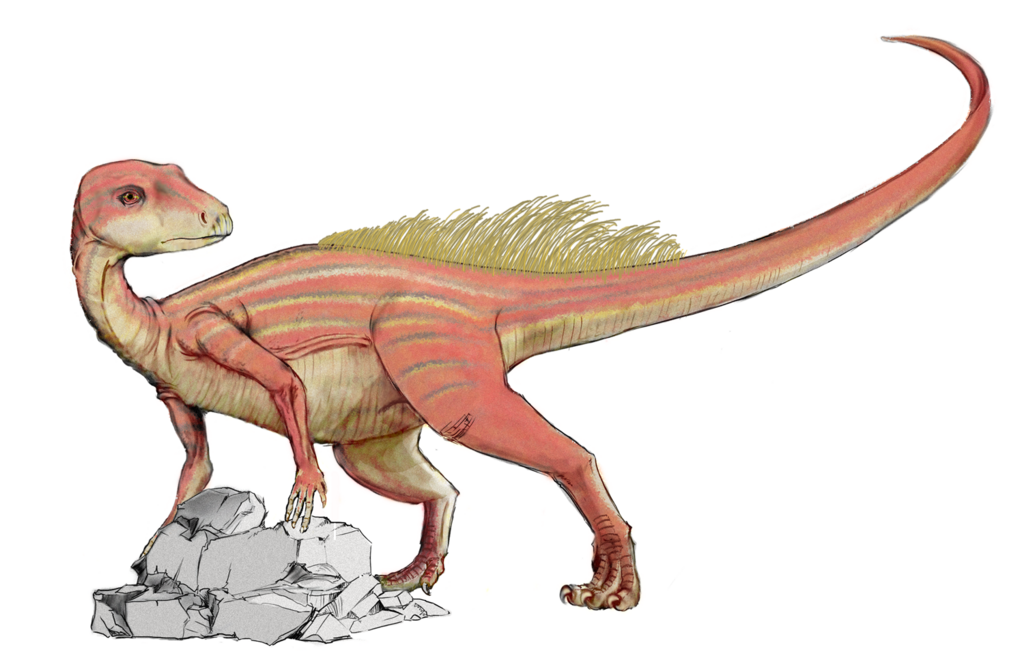
The small herbivorous dinosaurs of the Jurassic period represent an essential yet often overlooked component of prehistoric ecosystems. These animals weren’t merely diminutive versions of their larger relatives but highly specialized creatures with unique adaptations for survival in challenging environments. Their diverse feeding strategies, social behaviors, reproductive approaches, and predator-avoidance mechanisms all contributed to their evolutionary success over millions of years. As paleontological techniques improve and more fossils are discovered, our understanding of these secret survivors continues to expand, revealing an increasingly complex picture of Jurassic biodiversity. Beyond their historical significance, these small herbivores provide valuable insights into evolutionary processes, ecological relationships, and the remarkable adaptability of life throughout Earth’s history.



